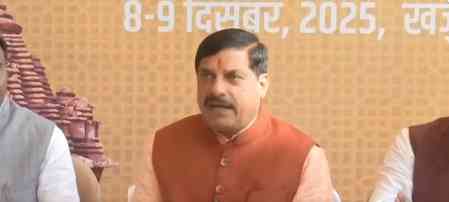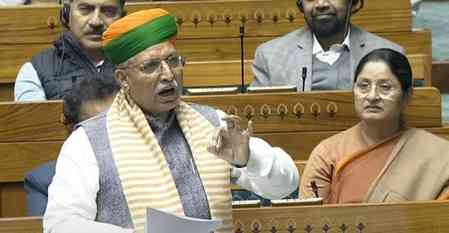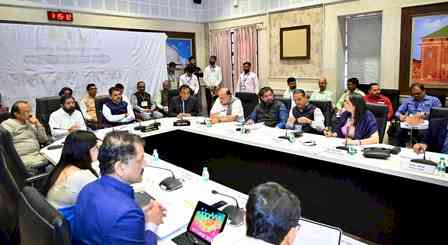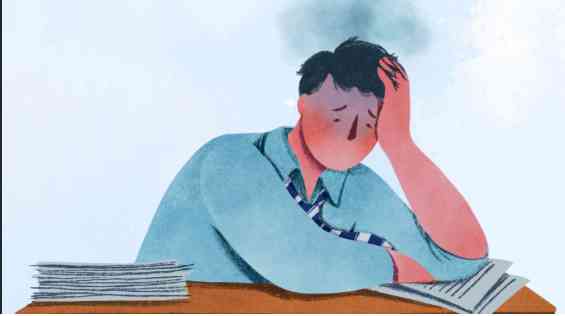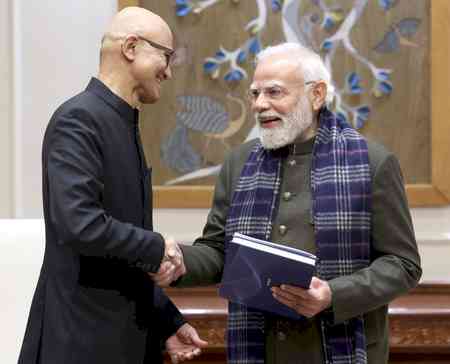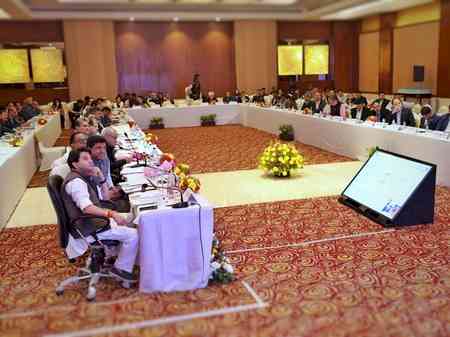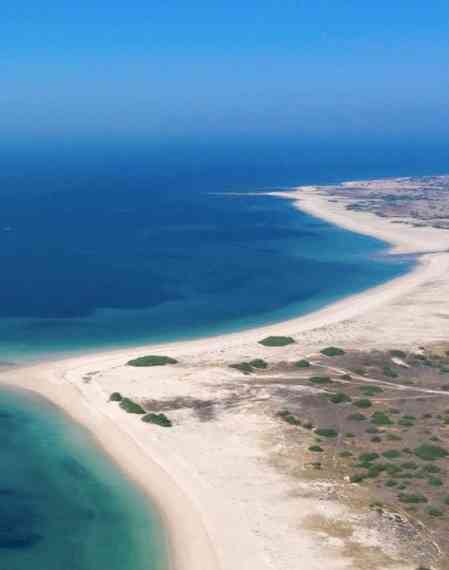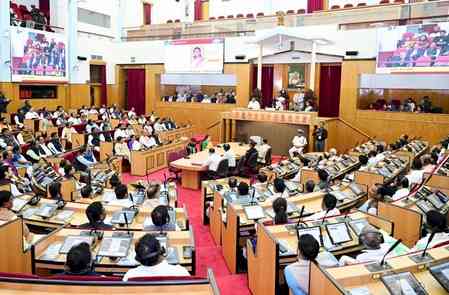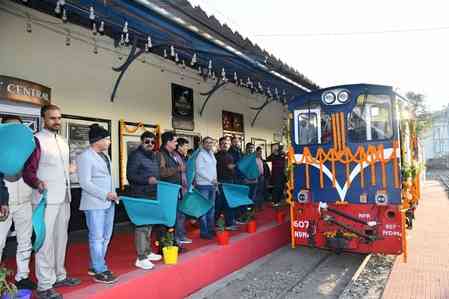'Hindi Pakhwada' cheers up Kashmiris
This month, that which could only happen in the parallel universe, something which may sound bizarre, has taken place in Kashmir -- the celebrations of Hindi Pakhwada.

Srinagar, Oct 10 (IANS) This month, that which could only happen in the parallel universe, something which may sound bizarre, has taken place in Kashmir -- the celebrations of Hindi Pakhwada.
Such news is hardly covered by the media but Kashmir is enthusiastic about learning Hindi. The 15-day event at the National Institute of Technology (NIT) Srinagar focussed on Hindi being the connecting language of the nation along with the mother tongue Kashmiri, and how together the two will help to rediscover the rich literary heritage of Kashmir.
Kashmir has birthed major literary figures - poets and scholars such as Dinanath Nadim, Zinda Kaul, and Som Nath Zutshi who have contributed greatly to Hindi/Kashmiri literature.
As a connecting language, Hindi will bridge the cultural gap that was intentionally created to isolate and alienate Kashmir from India. Hundreds of years ago it was in Kashmir that saints and scholars wrote some of the best Sanskrit literature the world has known.
Sanskrit (Hindi) has a significant history in the Valley that was put to rest with a greater agenda - to annihilate the ethos of the Kashmiri society. Kashmiri culture and language have been based on Sanskrit with a large influence from Central Asian languages.
NIT Srinagar's Registrar, Prof Syed Prof Kaiser Bukhari, said that Hindi is among the world's oldest languages and its rich literature cannot be underestimated.
Last month, Kashmir University celebrated the Hindi Divas, an enthusiastic annual affair of the university.
It is noteworthy to mention that in recent years, more students, especially females, have opted for Hindi literature and research programs. Some of their work has been taken up for translation into other languages.
The Dean of the School of Arts Languages and Literature added at the event that one must not adopt the "parochial mindset of looking at a language from any other prism other than the sole prism of language".
The department is running its Hindi courses including diploma programs at full capacity. State Council of Education Research and Training (SCERT) too organised multiple programmes across the state to mark the day.
After the recognition of Hindi and Kashmir as the official languages of the Union Territory along with erstwhile Dogri and Urdu, governance is easier. More people can be accounted for their actions and official document work will have greater scope.
The present generation of young adults, people who started school in the early 90s were reprimanded in schools for speaking Kashmiri, their mother tongue. It was not until they entered their mid-20s that they would speak Kashmiri fluently and without shame. It is a relief to the older generation that Kashmiri has finally been given official status after 7 long years.
Urdu is not the mother tongue of anybody and yet somehow due to external influence it proliferated through the weave of Koshur and Kashmiriyat.
Urdu was conveniently made the official language by the rulers from Punjab because their administration was well-versed in Urdu and trading was easier. It was nobody's first language but somehow it sidelined Kashmiri and made its way into the mainstream.
It is interesting to note that in the first and only detailed account of Kashmir, the Rajatarangini was written in scholarly Sanskrit and not Kashmiri! Kashmir in those days was the highest seat of Sanskrit before it amalgamated with the languages of the foreign invaders.
The region was slowly poisoned into adopting a culture that was not theirs. And it was only possible by bringing a replacement language -- a sinister agenda to desiccate the Kashmiri history and heritage.
When creating an uproar for 'self-determination' local separatist movements do not use Kashmiri as a medium. They use Urdu. Because there is no place for separatism through violence in Kashmiri ethos.
The medieval Kashmiri scholars such as Vamana, Abhinavagupta, and Rudrata, made Kashmir an essential part of the Indic world. The only accounts of Kashmir ever written are in Sanskrit, before the 17th-century Persian portrayals. In fact, the names of many places in Kashmir are derivatives of Sanskrit names mentioned in Rajatarangini more than 900 years ago.
For example, Baramulla was Varhamula, Tulmul was Tulyamulya, Bijbehara was Vijbror, Sopore was Suyyapura, and Wular was Ullol.
When a language disappears, an entire population of our ancestors and their knowledge are forgotten forever. A reintroduction to Hindi with vernacular Kashmiri will take us back in time, and refresh our perspective of Kashmir as it was in its prime.


 IANS
IANS 
